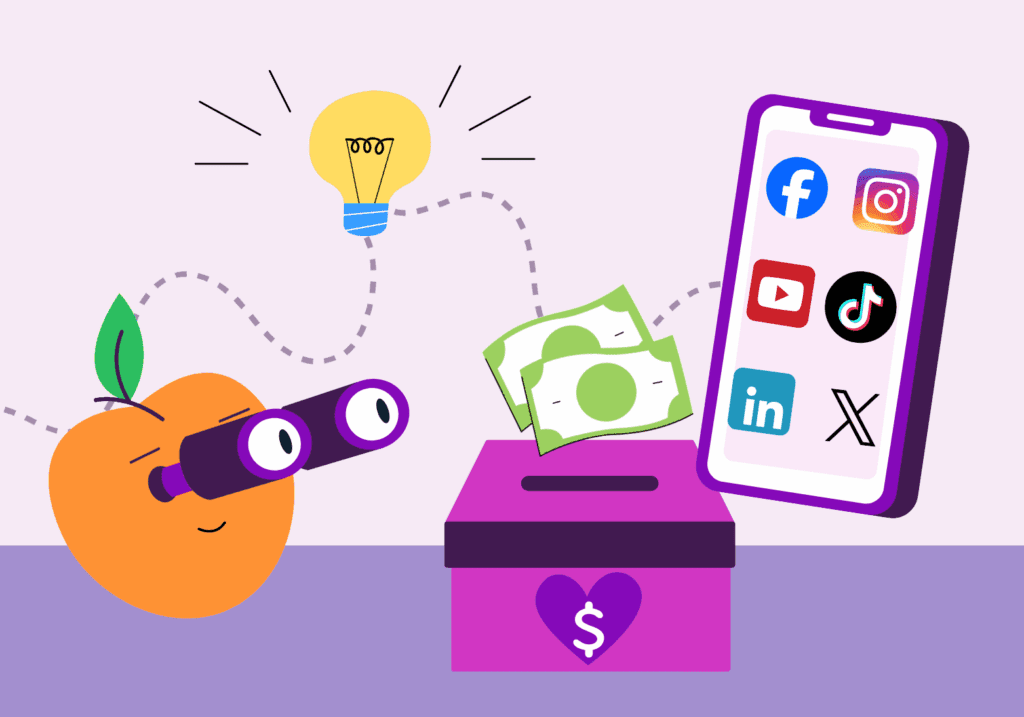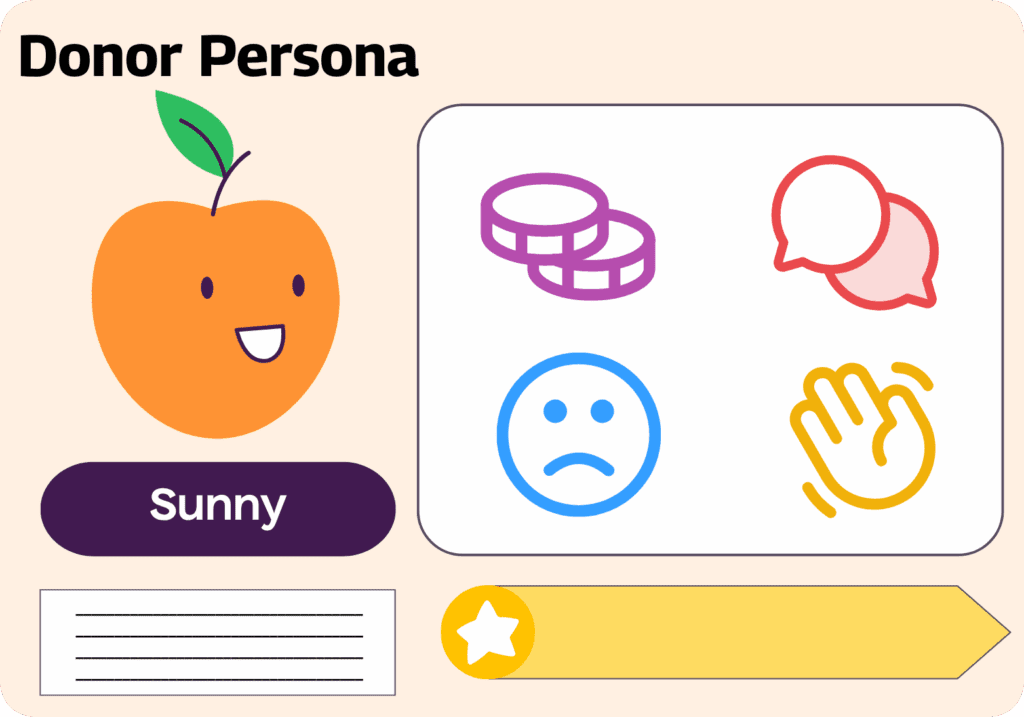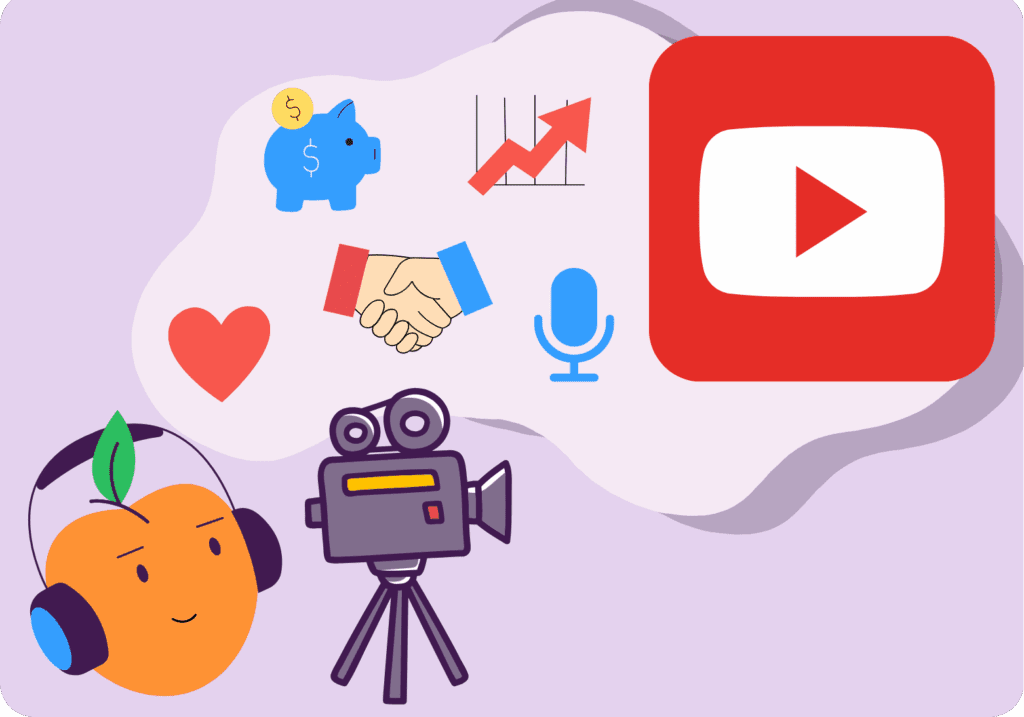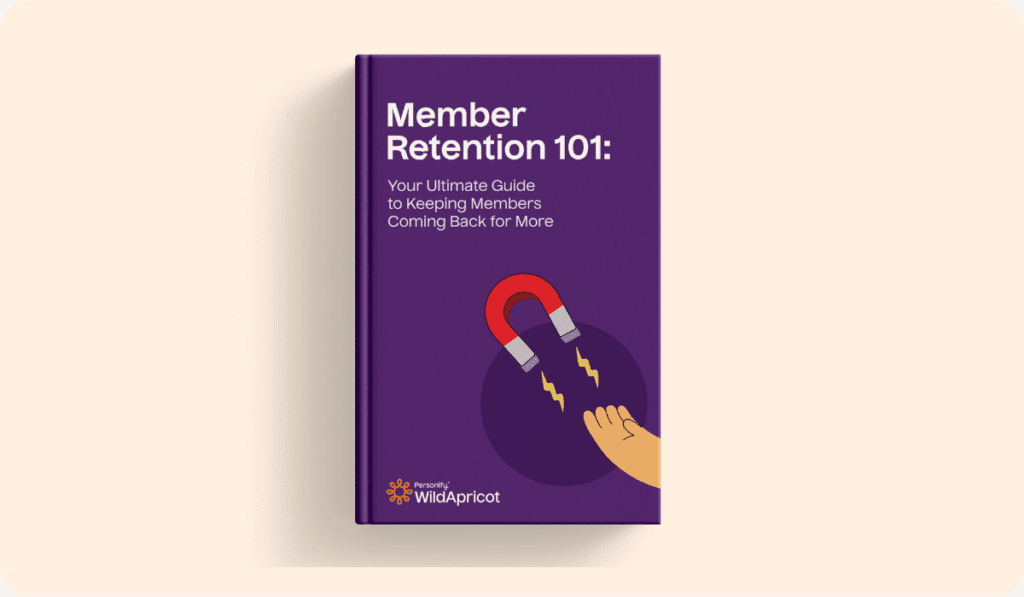Imagine wanting something so bad yet choosing not to go about it the most effective way. If this is the case, then:
- You don’t want it as bad as you may claim
- You don’t know how to; that’s why you don’t attempt it
This is the reality of most nonprofits sending solicitation emails — mostly the latter.
Boomers and the Silent Gen are the most receptive to direct mail fundraising and email newsletters; they are also the most open to making donations. This means that they form the majority of your ideal audience, so you should send out more emails to them.
But it isn’t about just sending emails. It is about standing out in doing so, which takes work. Let’s be frank: not everyone has their solicitation email game on point. But we want to change that.
One of the first steps is reading this blog in its entirety. Here, we explain how to write a solicitation email, suggest the best tools to use and show you different examples of solicitation emails. Happy reading!
What Is a solicitation email?
Solicitation emails are, in simple terms, donation letters. They are designed to persuade the recipient to take an immediate, specific action, unlike sponsorship letters, which have a long-term goal in mind. The action is usually a call for financial support through donations, purchasing a product or year-end fundraisers.
The Purpose of a Solicitation Email
The main purpose of an email solicitation is to get your audience to get readers to donate money. Aside from sales and fundraisers, you can also use solicitation emails as a means of:
- Event invitation: To invite people to attend events such as webinars, conferences or sales events.
- Lead generation: For gathering information about potential donors who might be interested in donating to your nonprofit’s cause.
- Donor engagement: To keep existing donors informed about your activities or updates on events, fostering a continuous relationship.
- Partnerships: To reach out to potential corporate and nonprofit partners or collaborators for joint fundraising events and outreaches.
- Feedback and surveys: To gather feedback from donors about their experiences with their processes and data through surveys.
Now that you know when and why you should write one, let’s show you how to write a great solicitation email.
How To Write a Solicitation Email
You might be staring at your blank screen, wondering how to start writing that solicitation email. We’ve all been there. However, a structured approach makes the writing process much easier. Let’s break down the key components to create an effective solicitation email.
Friendly Introduction
Always start with a warm and friendly introduction because a positive first impression dictates how well donors respond. So, address the recipient by name and greet them in a pleasant tone. This sets the stage for a more engaging and personalized message. And in some cases, the mere thought that you spent time researching them to know their name puts you on their good side. Imagine how that changes everything!
Example:
“Hi Sarah,
I hope this email finds you well! My name is John, and I’m reaching out to share some exciting news with you.”
Make Your Appeal
Once you’ve introduced yourself, it’s time to state your business: the reasons for your email. Clearly explain why you are reaching out and what you are offering or requesting. Be quick with it and compelling. Make sure to highlight the benefits of donating to your nonprofit to the donor.
Example:
“We’re thrilled to introduce our latest product, the Eco-Friendly Water Bottle, made from 100% recycled plastic waste. Your support can make a big difference in reducing plastic waste, contributing to a greener planet. ”
Include Your Goals and Impact
Next, explain what you are trying to achieve and how their support will go a long way. This approach builds a genuine connection and shows the value of their participation. Whether supporting a cause, attending an event or making a purchase, people like to know how they contribute to a larger goal.
Example:
“Our goal is to eliminate 10 tons of plastic waste from our environment by the end of the year. By choosing our Eco-Friendly Water Bottle, you are directly contributing to this mission and creating a healthier world.”
Clear CTAs
Finally, tell them what action you want them to take. Is it clicking a link, making a purchase, signing up for an event or donating? Your call to action (CTA) should be straightforward and easy to follow.
Example:
“Ready to join us in making a difference? Click the link below to purchase your Eco-Friendly Water Bottle today and be part of the solution!
[Buy Now]
Thank you for your support, and let’s make a positive impact together!”
Further Reading: How to Write a Sponsorship Letter
Solicitation Email Examples
When writing solicitation emails, tailor your message to fit the context and audience you are writing to, whether one-time, year-end giving letters or peer-to-peer donations. Nothing too elaborate, as long as it evokes the right emotion and is appropriate for the occasion. Here are some examples of solicitation emails from which to draw inspiration.
One-time Donation Email
Subject: Make a Difference Today with a One-Time Gift
Hi Alex,
I hope this message finds you well. We’re reaching out to you today because we believe you can help us make a significant impact.
Our charity, Clean Water for All, is dedicated to providing safe drinking water to communities in need. With a one-time donation of just $50, you can help us install a new water pump in a village that currently lacks access to clean water.
Every drop counts. Will you join us in making a difference?
[Donate Now]
Thank you for your support!
Warm regards,
Jessica
Clean Water for All
Recurring Donation Email
Subject: Become a Monthly Supporter and Change Lives
Hi Jamie,
I hope you’re doing well. We’re inviting you to join our special group of monthly supporters who are committed to making a long-term impact.
By becoming a recurring donor at Helping Hands, you can ensure that our programs continue providing essential services to needy families. A monthly donation of $15 will help us provide ongoing support and resources to those who need it most.
Your continued generosity will change lives.
[Join Our Monthly Giving Program]
Thank you for being a hero in our community!
Best wishes,
Mike
Helping Hands
E-commerce Email
Subject: Exclusive Offer Just for You!
Hi Taylor,
We hope you’re having a great day! As one of our valued donors, we wanted to offer you an exclusive deal on our best-selling Eco-Friendly Water Bottle.
For a limited time, use the code SAVE20 at checkout to get 20% off your purchase. Our Eco-Friendly Water Bottle is perfect for staying hydrated while helping to reduce plastic waste.
Don’t miss out on this special offer. Click the link below to shop now!
[Shop Now]
Thank you for supporting our mission to create a greener planet.
Cheers,
Emma
Green Life Products
Peer-to-Peer Email
Subject: Join Me in Supporting a Great Cause!
Hi Chris,
I hope you’re doing well! I’m reaching out to share something close to my heart. I’m participating in the Walk for Hope to raise funds for cancer research, and I need your help.
Would you consider making a donation to support my walk? Every dollar brings us one step closer to finding a cure and helping those affected by cancer.
You can donate directly through my fundraising page here:
[Donate to My Walk]
Thank you so much for your support. Together, we can make a difference!
Best,
Pat
Your Friend and Walk for Hope Participant
Best Practices for a Successful Solicitation Email Campaign
Successful nonprofit email marketing campaigns have several key practices in common. Let’s explore some of these practices to help you make your campaign stand out.
Striking Subject Lines
Your subject line is the first thing recipients see while scrolling through their inbox or via notifications. It needs to be interesting enough to grab their attention. Keep it short, intriguing and relevant to the content of your email. A compelling subject line can significantly increase your open rates.
Example
“Help Us Take Stray Dogs off the Street!”
WildApricot tip: Make your subject line stand out with emojis, try options like ⭐️ , 🎁 , 🌍 , 🤩
Make Your Mission Loud and Proud
State your mission right at the beginning of your email. Let your recipients know what you stand for, why you chose to support the cause or why you’re so passionate about it. A strong mission statement helps to connect emotionally with your audience.
Example
“At Clean Water for All, we’re dedicated to providing safe drinking water to communities in need. Your support can transform lives and bring hope to those who need it most.”
Emphasize Your Impact with Stories
People are more likely to respond to your solicitation if they see the impact their donations make. Share specific examples of how past donations or purchases have made a difference.
Example
“Last year, thanks to generous supporters like you, we installed 10 new water pumps in remote villages in Tanzania, providing clean water to over 5,000 people. Imagine what we can achieve together this year!”
Include Imagery
Adding photos to your email campaigns can make your message more engaging and impactful. And make you more trustworthy. Visuals help illustrate your mission and the difference you’re making. Using high-quality photos that tell a story and resonate with your audience is one of the best ways to make your email campaigns more effective.
Example
Include a photo of a community celebrating around a new water pump, with a caption like: “Thanks to our donors, this village now has access to clean, safe drinking water.”
Multiple Options to Give (plus links!)
Give your recipients several ways to support your cause, and include clear, clickable links for each option. Some people might prefer making a one-time donation, while others might want to sign up for a monthly contribution. Use only the best fundraising software to make it easy to take and track your donations to reduce bounce rates.
Example
Here are a few ways you can help:
- Make a one-time donation [Donate Now]
- Become a monthly supporter [Join Our Monthly Giving Program]
- Share our mission with your friends [Share Now]
Keep in Touch
Stay connected with your donors and supporters by regularly updating them on your progress and upcoming events. Consistent communication helps build strong relationships and keeps your audience engaged.
Example
“Thank you for your support! We’ll keep you updated on our progress and share stories of the lives you’re helping to change. Stay tuned for our next newsletter!”
Send Thank You’s
Always send a thank-you email after someone makes a donation or purchase. Express your gratitude and let them know how much their support means to you. A personalized thank-you message can go a long way in fostering loyalty and encouraging future support.
Example
“Dear Sarah,
Thank you so much for your generous donation! Your support is helping us bring clean water to those who need it most. We couldn’t do this without you.
Warm regards,
Jessica
Clean Water for All”
By following these best practices, you can create a compelling and effective email campaign that resonates with your audience and drives them to take action.
Software to Make Your Solicitation Emails Successful
Using the right software can make or break your fundraising email campaigns. But with the WildApricot, you have nothing to worry about. Let’s see how certain features can significantly impact your email solicitation success.
Segment Your Audience
WildApricot helps with audience segmentation, dividing your email list into smaller, targeted groups based on your interest criteria. You can group donors based on demographics, donation history or engagement levels. When you do this, your emails become relevant and personalized to each segment, increasing your chances of securing their support.
Automate Your Emails
Email automation makes managing your email campaigns easier and less restrictive. With WildApricot, you can set up workflows that send emails based on certain triggers or schedules. Some such triggers include new subscribers and donation confirmations. Examples include Giving Tuesday emails and annual appeal letters. Automating your fundraising emails helps you engage donors without needing constant manual effort.
Easily Process Donation Payments
Making your email software and payment processing systems communicate makes it easier to track donations. When donors can easily contribute through direct links in your emails, it reduces bounce rates and makes them more likely to complete their donations. But WildApricot takes it a step further.
Our platform has both features built-in, making donations lightning quick and convenient. Plus, we have our own built-in payment processor called Personify Payments. Personify Payments provides no redirects, so donors complete transactions on your website, and features like recurring donations!
Supercharge Your Solicitation Emails With WildApricot
WildApricot is an all-in-one membership management software that provides comprehensive tools for managing your email campaigns. With WildApricot, you get:
- A robust contact database to manage and segment your audience effectively.
- To automate your email workflows and ensure timely, personalized communication.
- Better donor engagement by using text notifications to keep your audience informed on the go.
- A built-in payment processing software that ensures smooth and secure transactions.
Sign up for a 60-day free trial of WildApricot today, the best nonprofit software you will ever need to level up your email game.









